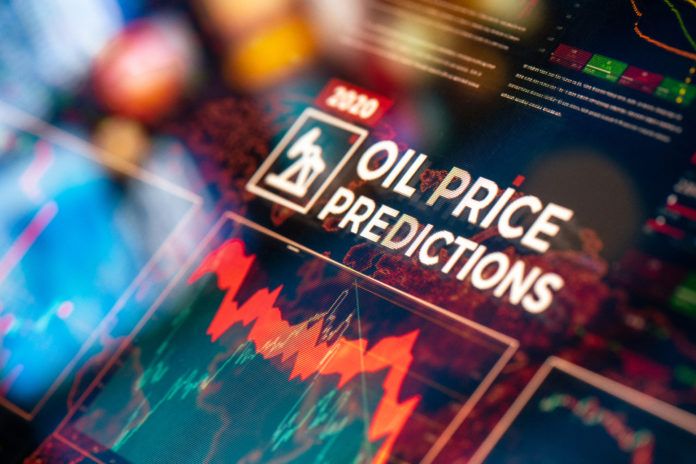The unprecedented shock to the demand side of the oil and gas equation caused by COVID-19, and the resulting buildup in inventories, will take some time work through, says Scott Schnipper, a managing director at JP Morgan Private Bank in New York.
Speaking during the virtual 2020 Louisiana Energy Conference last week, Schnipper says he has already seen evidence of improvement due to recent changes in both supply and demand. He was one of a dozen guest speakers participating at the independent energy symposium, which addressed domestic and international oil and natural gas developments.
The event was sponsored by investment firms, insurance brokers, law firms, accounting firms, specialty service providers and private equity firms, as well as public and private oil services companies.
Schnipper says demand in Asian Pacific countries has begun to rebound and production has decreased dramatically in the U.S. and elsewhere. That should eat into the oversupply and create more price stability. “It looks like we’re starting to see the light at the end of the tunnel as re-openings happen and activity kicks up,” he adds.
Nonetheless, COVID 19-related drags on demand will continue for the foreseeable future. Jesse Mercer, senior director of crude market analytics at Enverus in Denver, says rig counts have dropped precipitously by 60 percent since the end of 2019, with only 338 active operating in the U.S. Much of the decline is directly attributable to declines in global petroleum liquids demand caused by COVID19 and the resulting lockdown.
“The sudden drop has hammered demand for gasoline and jet fuel especially hard,” Mercer says, “and now we’re beginning to see a weakness in diesel consumption due to lower activity here in the U.S.” More than 38 million people have filed for employment, so they won’t be driving to work, buying new automobiles or going on vacation. “Global demand will average only 91.1 million barrels a day in 2021, well below where the historical trend line would have placed it.”
That’s revised downward from the original estimate of 98.9 million barrels prior to the pandemic. A second outbreak would push average demand even farther below the historic trend line. No matter what happens, “COVID-19 will be a major drag on prices going forward.”
Speaking more optimistically, JP Morgan’s Schnipper says increases in oil and gas prices in 2021 could be more pronounced should there be positive developments in regards to the virus, “although for the time being the market will likely hover in the $20 and $30 barrel range.”
A more pronounced recovery could occur if an effective vaccine is developed and the COVID-19 virus diminishes as a threat. In that case, production cuts by OPEC countries would become less important to U.S. producers. In the meantime, “I think the Saudis would love to have a $60 per barrel price again and will try to keep the market from becoming too over saturated for at least the next 12 months,” Schnipper says.


